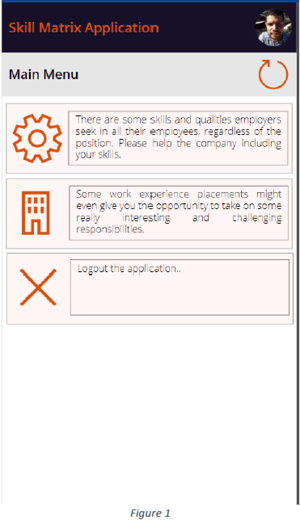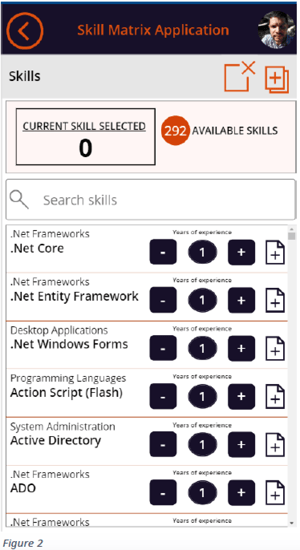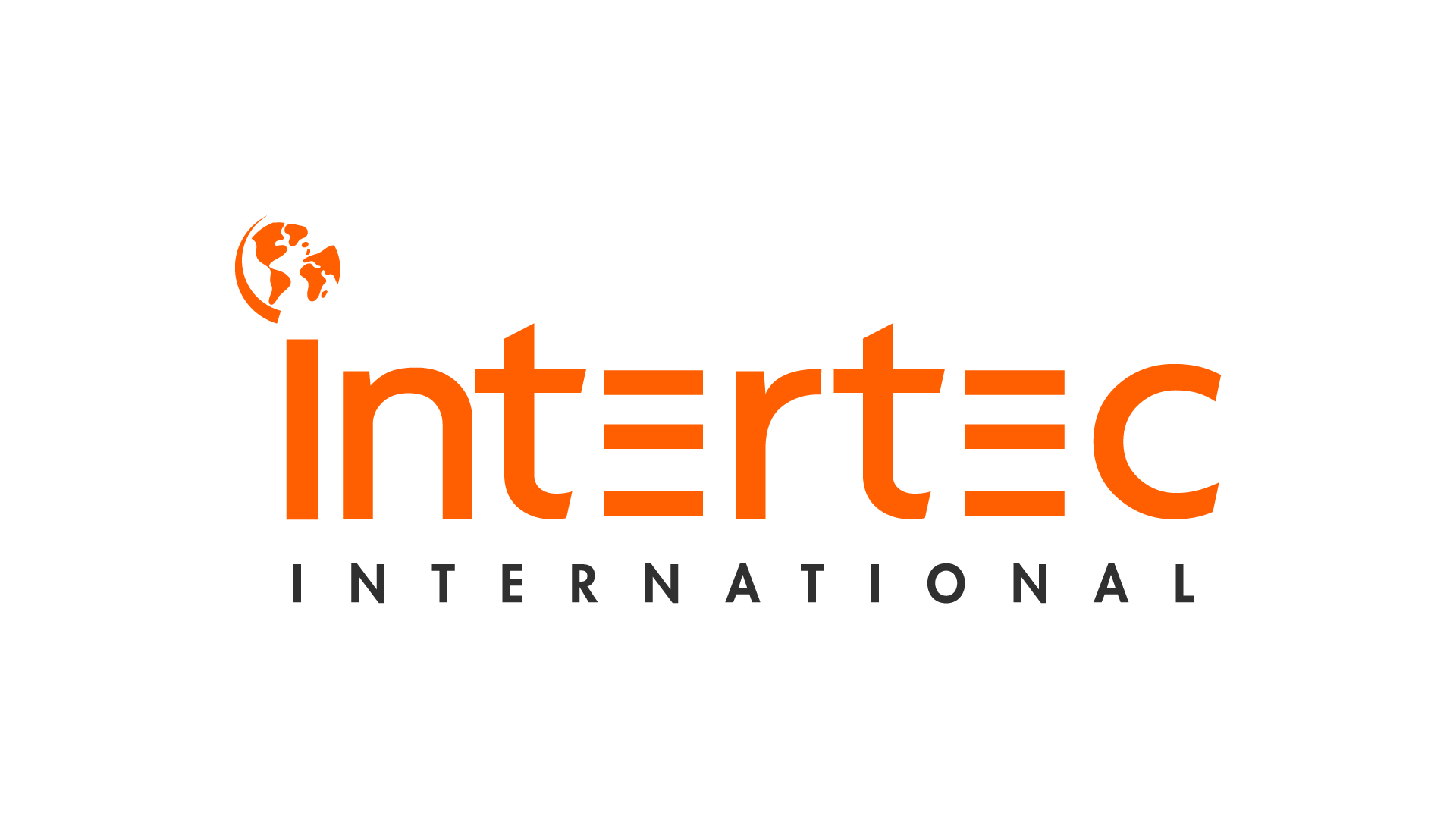There’s no doubt that business applications have changed from the time they were designed to be reactive. During that period, customers inside the organization needed to contact their internal service providers every time they had a problem with the products or services they were working on. However, in recent years, several fundamental changes have been introduced into corporate business applications. Nowadays, the data required for the organization’s processes flows from numerous different fields: operations, retail, software systems, etc. These new data flows are becoming an important source of insight for today’s organizations. As a result, a new generation of proactive business applications have cropped up in which business software users don’t need to wait for the data to be created, processed, or computed before they can accomplish their daily tasks.
 At the beginning of 2020, Intertec International, set out to envision an approach to centralize their staff’s skills in a single source so that managers were able to analyze critical information during planning sessions. To make this happen, we developed a Microsoft PowerApps application called “Skill Matrix” within our organization. “Figure 1” shows the landing page of the application once the user successfully logs in to the tool.
At the beginning of 2020, Intertec International, set out to envision an approach to centralize their staff’s skills in a single source so that managers were able to analyze critical information during planning sessions. To make this happen, we developed a Microsoft PowerApps application called “Skill Matrix” within our organization. “Figure 1” shows the landing page of the application once the user successfully logs in to the tool.
Intertec’s PowerApps Application – The Skill Matrix

The “Skill Matrix” application is the first “low-code” development project we’ve implemented at Intertec using Microsoft PowerApps. This is a real point of pride, since it establishes us in a select group of companies that are driving their digital transformation using a low-code strategy to achieve their goals. Because we take advantage of Microsoft Volume Licensing (specifically, Office 365 E3, which includes a subscription to PowerApps for Office 365 and SharePoint Online), we were able to grant application access to the whole staff without incurring new costs due to software licenses--which is obviously a nice bonus from a management perspective, since we were using these licenses in daily operations anyway.
From a technical point of view, the application integrates two main functionalities. The “Skill” functionality, which is displayed in Figure 2, allows the employees to register all of the technical skills they have acquired during their professional career in a SharePoint list.
On the other hand, the “Industry” functionality allows employees to register the industries in which they have had the opportunity to work across their various previous employers. Additionally, the “Skill Matrix” application includes a user “Single Session” functionality, so that the employee can only consume one session of the application at a time. This functionality avoids duplicating any important profile data and at the same time provides the System Administration with a tool to handle the user’s access to the application. Also, the “Single Session” functionality takes advantage of the “Power Automate” capabilities to automatically handle the sessions of those employees that for some reason have blocked their credentials to log in to the system. This automated workflow has the potential to save a lot of time for the System Administrator managing user credentials.

From there, the application uses the SharePoint List as a data source to register the employee data for “Skill Matrix” application consumption. While it is true that the SharePoint List can’t be considered as database per se (it lacks some the main functionality present on a database engine, such as complex data relationship or large volumes of items and transactions), the SharePoint List allows development and business teams to focus on the business functionality required for the project without spending time in the implementation of the database engine. This helps provide solid evidence to project stakeholders about the real benefits of the low-code development and the Power Platform Technologies. Of course this project didn’t happen in a vacuum--because of the different initiatives running in parallel to this project inside the company, the various other data structures and services are emerging to fill in some of the existing gaps in functionality.
Intertec’s Management Vision
We understand that a key component in delivering the best quality in our products and services is our people. We pride ourselves on being able to find the best talent in the market, so that our teams have the experience and dedication to meet their goals. Thus, it's hard to overstate the value of a single platform where we can collect and map our resources’ expertise and experience on different technologies to create the best teams to support the different projects and requirements. This is what prompted the idea of a Skill Matrix; soon, we realized that it was a complex task with many different aspects to consider, and we found that we weren’t able to place the information into a single platform. Once the initial version of the "Skills Matrix" application was delivered to the company employees, the real benefits of the technology were made obvious to the management team, such that they could assess the actual impact of the tool to achieve their strategic goals.
“The PowerApps suite is a sleeper agent some companies don't know they have. It has become our go-to solution for recent challenges given its flexibility, low code framework, and virtually at no additional cost within Microsoft 365”
-Mauricio Picado, Operations Manager
The Skill Matrix created using PowerApps gives the management team a clear overview of our current capabilities of the workforce, making it easier than ever to create teams based on technologies and customer objectives.
Only The Beginning...
Nowadays, companies are looking to achieve their goals through the smart use of technology so that they take advantage of their assets without incurring in additional expenses. In this context, there is no question that the “Skill Matrix” application developed at Intertec is the first step in a path that will allow the company to create more proactive applications oriented to the new age of data.
Although it’s true that the application was just released in its initial version and there is plenty of room left for improvement, many company employees have begun to contribute with business technical ideas and improvements which will allow us to build a more stable version in the future, as well as having more active development activities oriented to the use of technology available as part of the Microsoft Power Platforms.









